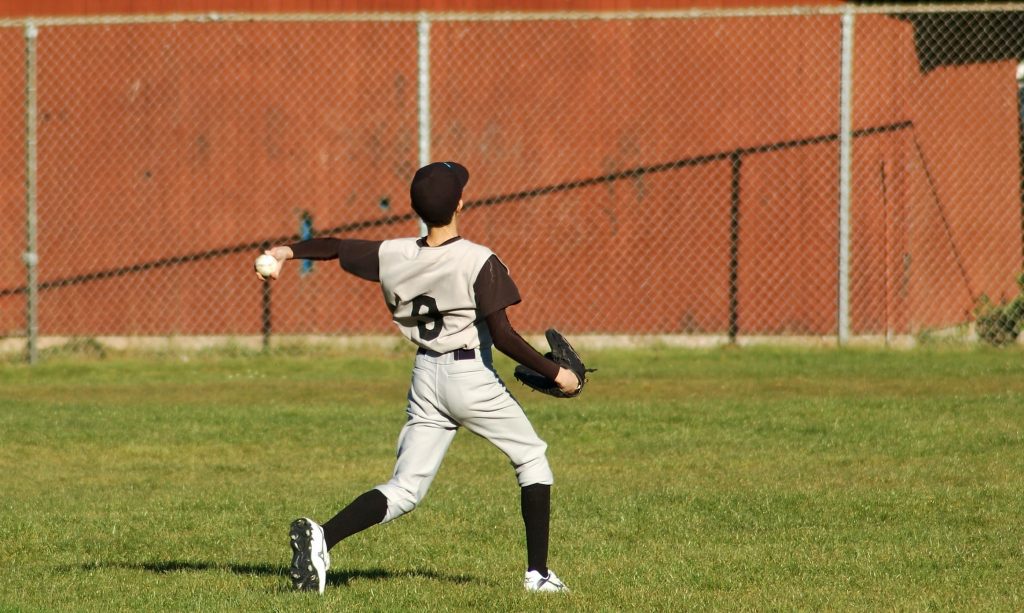Elbow OCD (Osteochondritis Dissecans)
Inflammatory pathology of bone and cartilage results in a condition called Osteochondritis Dissecans (OCD). Osteochondritis Dissecans can lead to necrosis (death) and fragmentation of bone and cartilage. Also called “Little League Elbow”, Osteochondritis Dissecans of the elbow commonly occurs in young athletes who participate in throwing sports. Do not confuse with Golfers Elbow or Tennis Elbow. Genetics may also play a part in the development of Osteochondritis Dissecans. In Osteochondritis Dissecans of the elbow, pieces of cartilage separate from the structures, resulting in damaged cartilage and loose bodies. These loose bodies can cause extreme pain and further damage to the joint and surrounding tissues. Osteochondritis Dissecans of the elbow can affect the capitellum, olecranon, and the trochlea.
How to classify Osteochondritis Dissecans
Stage I
Thickening of cartilage and a stable lesion
Stage II
Articular cartilage interrupted and a stable lesion low signal rim behind fragment showing that there is fibrous attachment
Stage III
Articular cartilage interrupted, unstable high signal changes behind fragment and underlying subchondral bone
Stage IV
Loose body unstable
Symptoms of Osteochondritis Dissecans
The most common symptoms of Osteochondritis Dissecans:
- Elbow swelling
- Tenderness at the elbow at rest or with movement
- Reduced range of motion
- Locking and catching of the elbow
- Pain with full extension or flexion of the elbow
How to diagnose Osteochondritis Dissecans
The upper extremity physician performs a physical examination of the patient. If the doctor suspects the patient may have Osteochondritis Dissecans, they order diagnostic testing. The patient typically gets an X-Ray to begin with. X-Rays use radiation and show bones but unfortunately doctors cannot see all of the cartilage and soft tissue using an X-Ray. Doctors usually order an MRI in addition to the original X-Ray because an MRI allows doctors to see any loose bodies present within the area.
How to treat Osteochondritis Dissecans
Surgeons typically attempt to treat Osteochondritis Dissecans using conservative treatment before resulting to surgical treatment.
Conservative treatment for Osteochondritis Dissecans includes:
- Rest
- Physical Therapy
- Injections
- Brace
If conservative methods do not work, the surgeon may opt for surgical intervention. The approach with surgery differs based on the severity of the injury. Most surgeons use an arthroscopic approach to treating Osteochondritis Dissecans. Arthroscopic means the surgeon performs surgery through small portals, one portal houses the camera while the other portals have tools interchanged though out them to perform the elbow surgery. The surgeon may simply remove the loose fragment from the elbow, reattach the fragment with stitches or a screw, or drill into the bone to stimulate the grown of new cartilage. The surgical methods may vary from surgeon to surgeon depending on the specific injury and the surgeons training and preferences.


